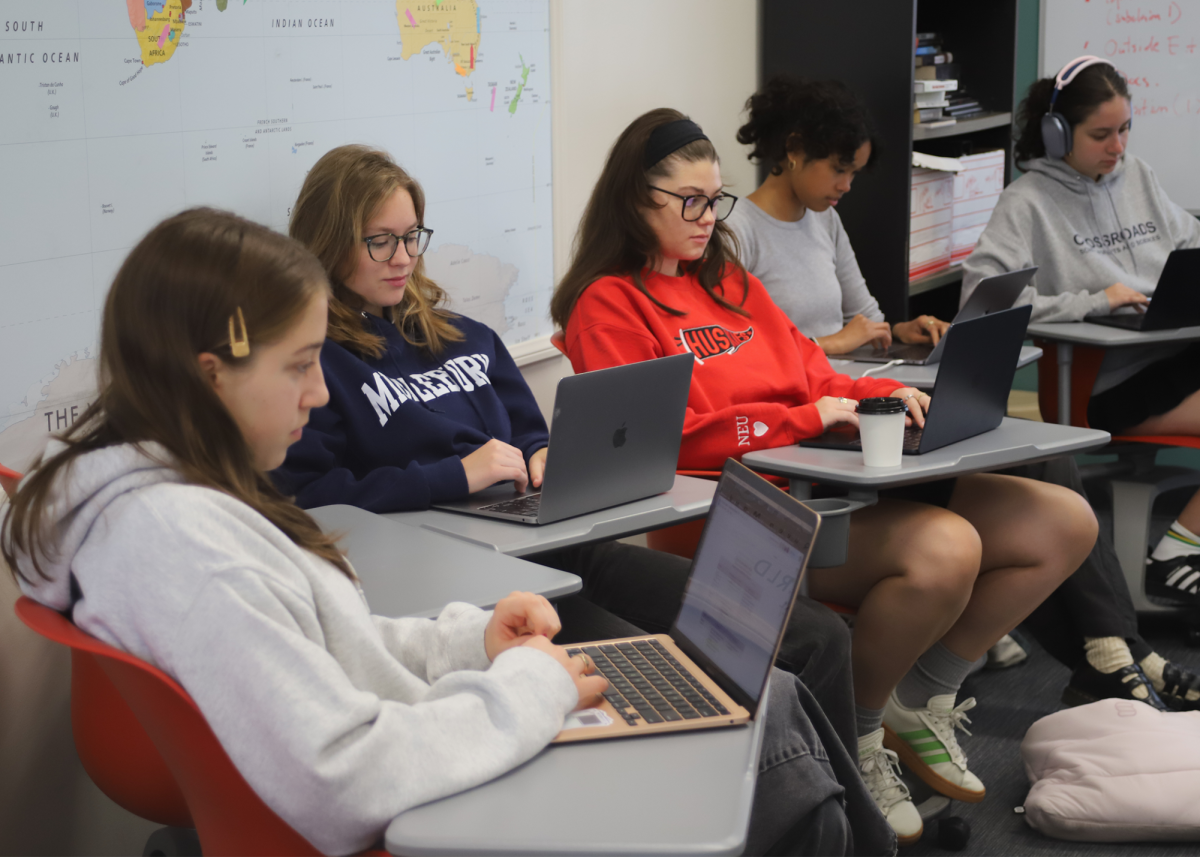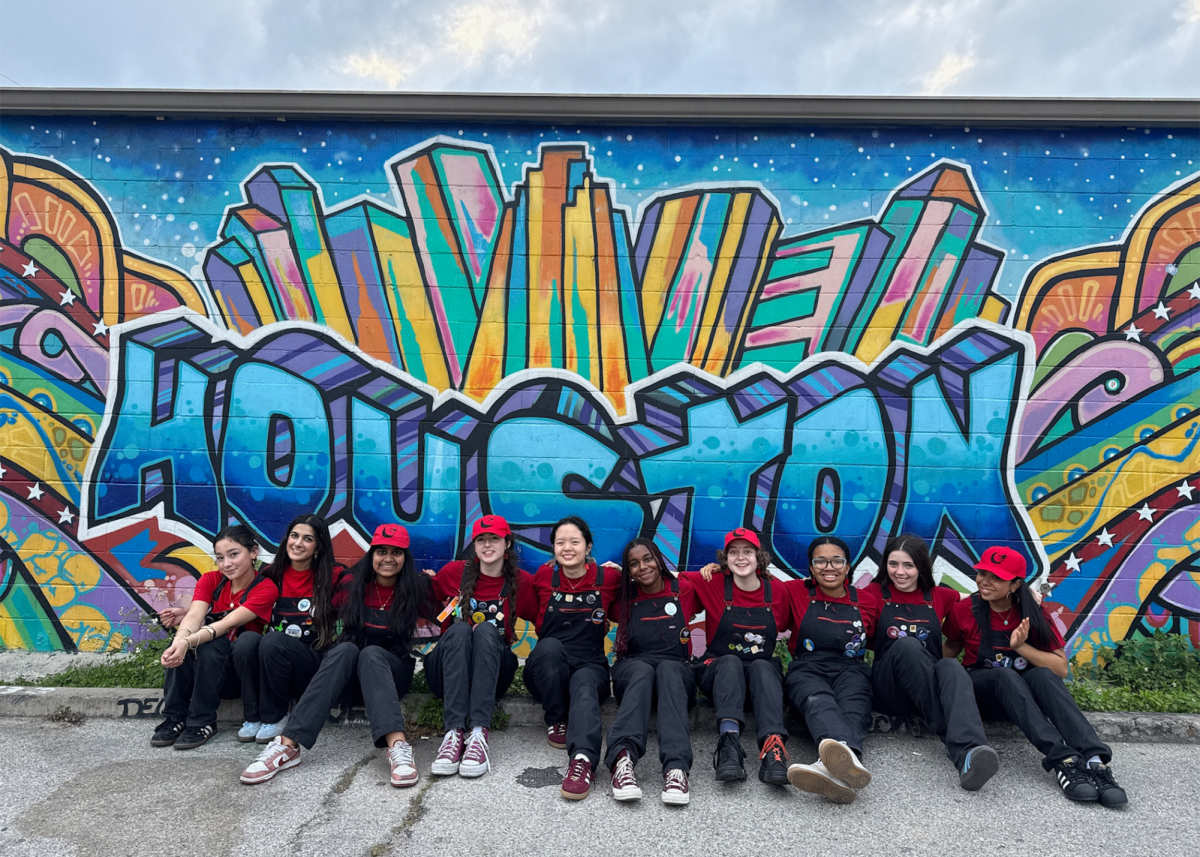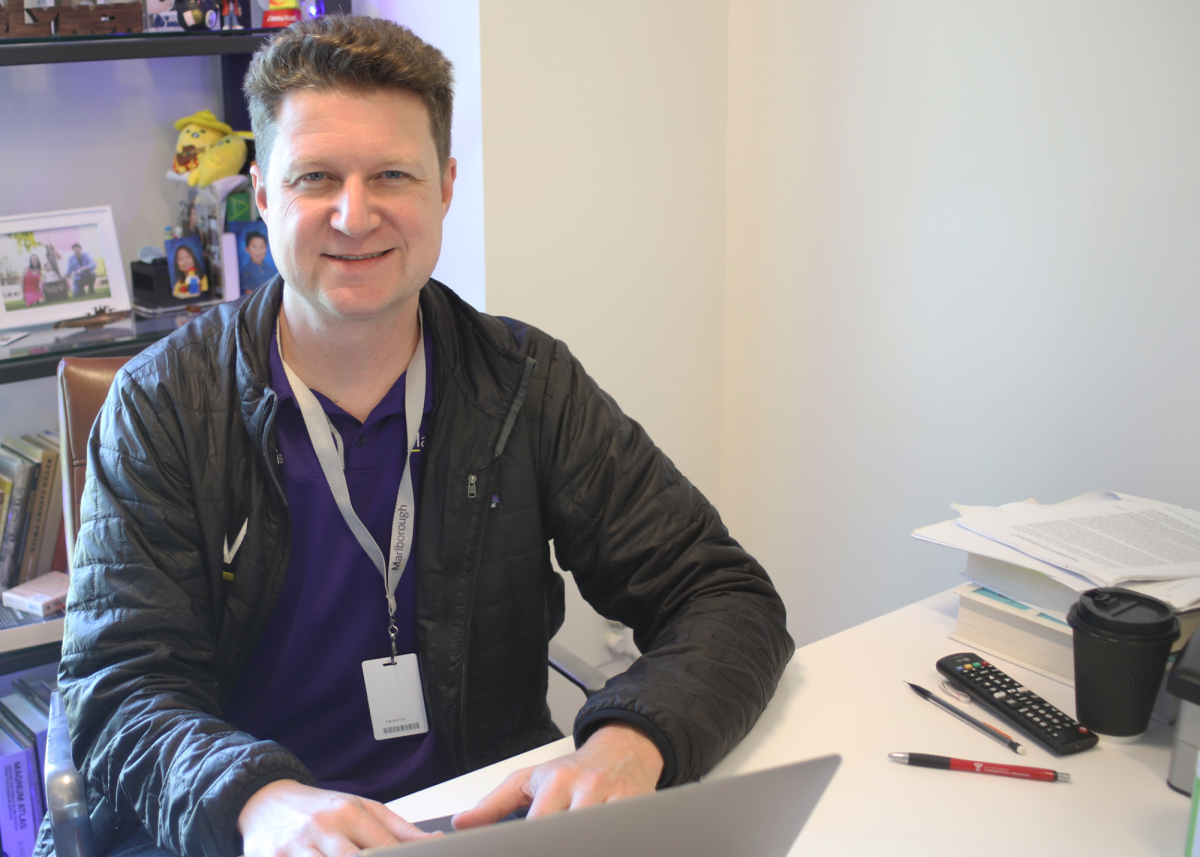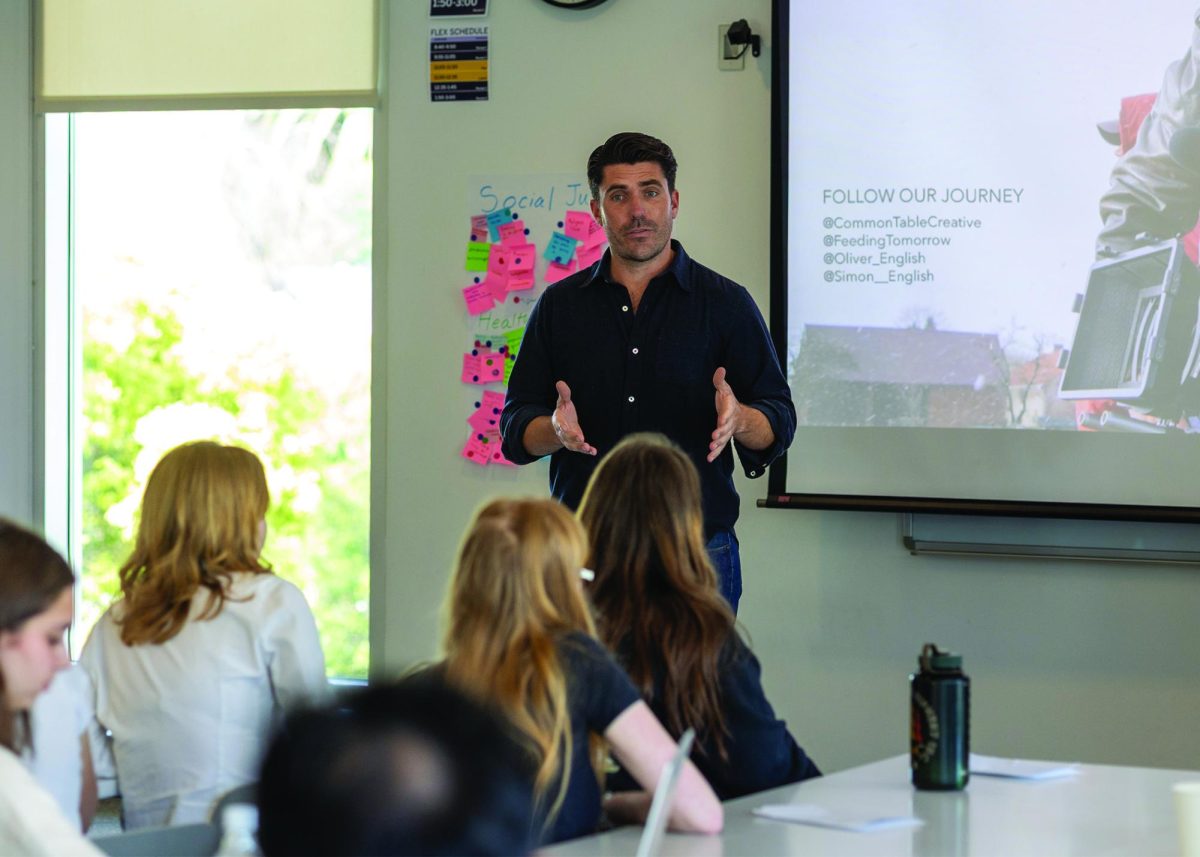Where once a good SAT score and straight-As were all it took to be admitted to the country’s most prestigious colleges and universities, the system has become increasingly complex in the past decades. Schools have seen dramatic rises in the number of applicants, many of whom are academically qualified, causing a shift to “holistic admissions” to differentiate between thousands of sky-high test scores and GPAs. Under the holistic admissions model, schools consider essays, letters of recommendation, extracurriculars and more when making admissions decisions. Among those new factors is demonstrated interest: an attempt to measure a student’s interest in a school and their likelihood of attending.
The UltraViolet Editorial Board believes that the consideration of demonstrated interest in college admissions decisions is exclusionary and should be abolished.
While the goal of demonstrated interest is to benefit the students who are most passionate about the school, in practice it is a tool for the wealthy to game the admissions system in their favor. One of the most common ways demonstrated interest is measured is through college visits. Ostensibly, California students who are most passionate about schools like Barnard College or New York University will be willing to travel cross-country to visit. Yet acquiring the time and money to travel can be impossible for many students, regardless of their interest in a school. As NPR’s education correspondent Anya Kamenetz puts it, “Don’t have the cash to fly from, say, California’s Central Valley to New Hampshire for the weekend? That can count against you.”

Another manifestation of demonstrated interest is early decision programs. Early decision is a type of college application program that binds the applicant to a single school, as a way of showing that the school is one’s first choice. Is your mind dead-set on Duke University, for instance? Then applying early decision (or EDing) to Duke is a way of showing your commitment. Many colleges prefer early decision applicants, and so accept them at inflated rates. At Cornell University, the acceptance rate for regular decision (non-ED) applicants was 9.2% for the class of 2023. For early decision applicants, however, that number more than doubled to 22.7%. Across all the Ivy League schools, an applicant applying ED is three to five times more likely to be accepted.
Those early applicants are no more qualified or deserving of admission— in fact, they are oftentimes less so. In reflecting upon his time as a dean of admissions at Carnegie Mellon University, Jason England writes, “Most students we accepted [through early decision] were not exceptional in the context of the regular pool, and they got in at a much higher rate.” And according to a study led by Christopher Avery of Harvard’s Kennedy School of Government, students with SAT scores of 1500 or higher who applied regular decision had the same chances of admissions as an early decision applicant who had a score between 1400 and 1490. Regular applicants with scores between 1300 and 1390 actually had worse odds of being accepted than those with scores between 1200 and 1290 who applied early. In effect, applying early decision is akin to adding 100 points, if not more, to one’s SAT score.
Those who benefit from early decision are overwhelmingly white and wealthy, for a few reasons. First, those who apply early decision must be certain that the school they are applying to is their first choice early on in the college search process. As Atlantic staff writer James Fallows notes, “A school like Harvard-Westlake, on the West Coast, can assume that its students will have made the East Coast college tour before their senior year. Counselors at the Los Angeles public schools cannot.” The need for financial aid can also turn off low-income students from applying early decision. For many applicants, financial aid is critical in deciding where to attend, and binding programs remove the financial flexibility to pick the most affordable option. That explains why, according to a report from the Jack Kent Cooke Foundation, “29% of high-achieving students from families making more than $250,000 a year applied for early decision,” while “only 16% of high-achieving students from families with incomes less than $50,000 did so.” Those who can benefit from what Fallows terms “The Early Decision Racket” are those who already have the admissions system stacked in their favor; namely, the mostly-white, wealthy elite who populate America’s private schools.
In recent years, top universities have committed to taking strides to increase the racial and socioeconomic diversity on their campuses, with differing degrees of success. Yet to truly create an equitable admissions system, we must topple the considerations that uphold the broken college admissions system—demonstrated interest among them.






